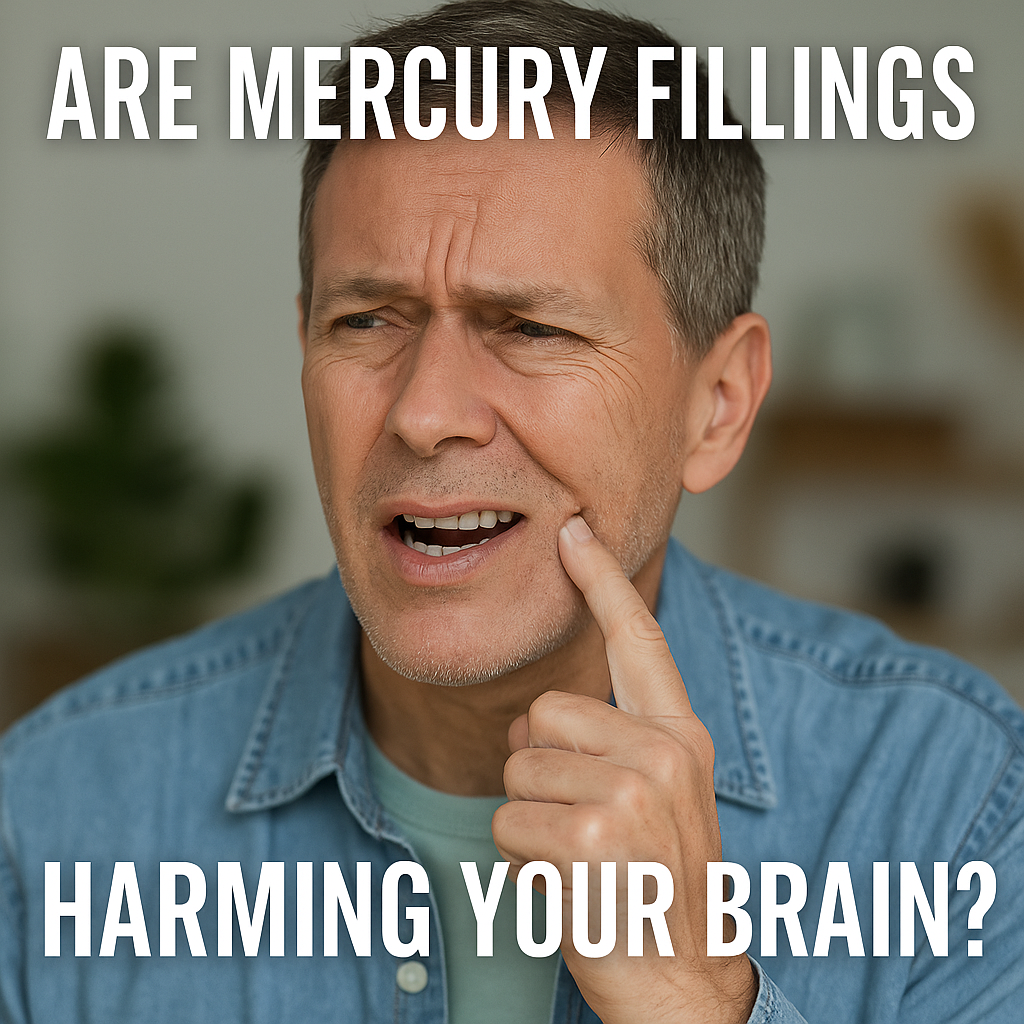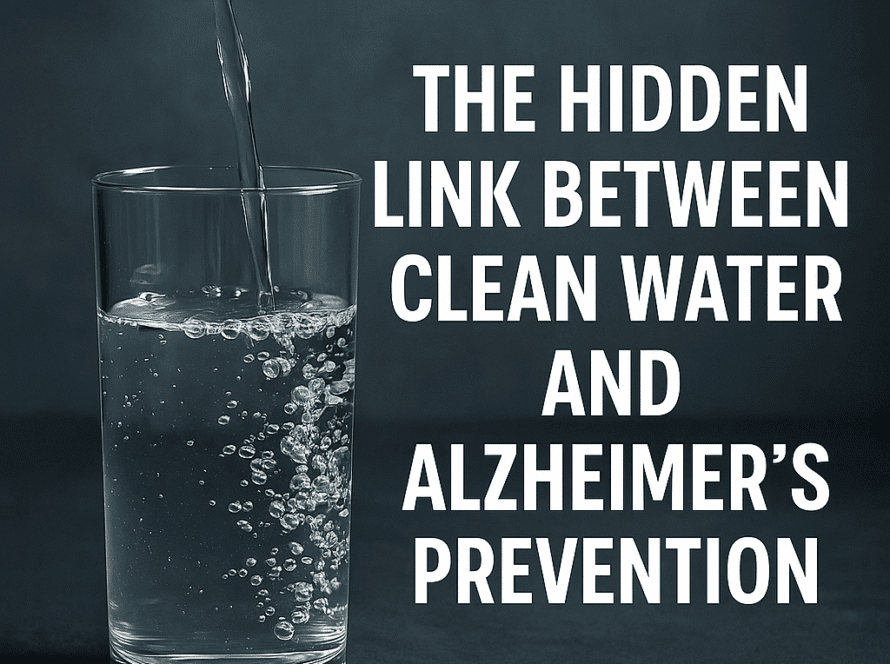Introduction
As we near the end of Alzheimer’s Awareness Month, it’s time to examine another often-overlooked but potentially significant contributor to long-term brain health: mercury dental fillings. Many of us had silver fillings as children or young adults, but few realise that these ‘silver’ amalgams are composed of around 50% mercury — a toxic heavy metal linked to neurological damage.
In this blog, we explore how mercury exposure from dental amalgam could impact brain health and increase the risk of Alzheimer’s and other cognitive conditions, and what safer alternatives you can choose today.
Mercury: A Toxic Legacy in Our Mouths
Dental amalgam has been used for over 150 years. Though cost-effective and durable, the mercury content can release small amounts of vapour over time — particularly when chewing, grinding teeth, or consuming hot food and drink.
Why does this matter?
Mercury is a neurotoxin, meaning it can interfere with brain function and contribute to oxidative stress and inflammation — two key drivers in the development of Alzheimer’s disease.
How Mercury Affects the Brain
- Neuroinflammation: Mercury can trigger chronic inflammation in the brain, damaging neurons and contributing to cognitive decline.
- Mitochondrial Damage: It disrupts energy production within brain cells, leading to fatigue, brain fog and long-term dysfunction.
- Amyloid Plaque Formation: Research suggests heavy metal toxicity may play a role in the formation of amyloid plaques, a hallmark of Alzheimer’s pathology.
- Impaired Detoxification: Mercury burdens the liver and kidneys, reducing the body’s ability to eliminate toxins efficiently.
Symptoms of Mercury Toxicity May Include:
- Brain fog and memory problems
- Mood swings or anxiety
- Chronic fatigue
- Headaches or migraines
- Difficulty concentrating
While not exclusive to mercury exposure, these symptoms warrant attention — especially if you have multiple amalgam fillings.
- Consider Mercury-Free Fillings
Modern composite (white) fillings are BPA-free, mercury-free and blend naturally with your teeth. - Seek a Qualified Biological Dentist
If you’re considering removal, ensure you choose a dentist who follows safe amalgam removal protocols (SMART-certified) to avoid further mercury exposure. - Support Your Body’s Detox Pathways
Prioritise foods rich in sulphur (like garlic, onions and cruciferous vegetables), stay hydrated, and consider working with a nutritional therapist to support liver health and cellular detoxification. - Test for Heavy Metals
If you’re concerned, functional testing is available to evaluate mercury levels and overall toxic load.
Prevention is Key
There is no cure for Alzheimer’s disease. That’s why prevention through lifestyle, diet and environmental awareness is our most powerful tool. Mercury exposure is preventable, and by being proactive, we can reduce one of the many risk factors for cognitive decline.
Final Thoughts
At Blue Zone Nutrition, we encourage holistic prevention — not just managing symptoms, but addressing root causes. Mercury dental fillings might seem like a minor issue, but over time, their impact on brain health can be profound.
If you’ve been wondering whether your fillings are safe, this might be the sign to take action.
Written by:
Milvia Pili (FNTP)
Registered Nutritional Therapist
Blue Zone Nutrition




